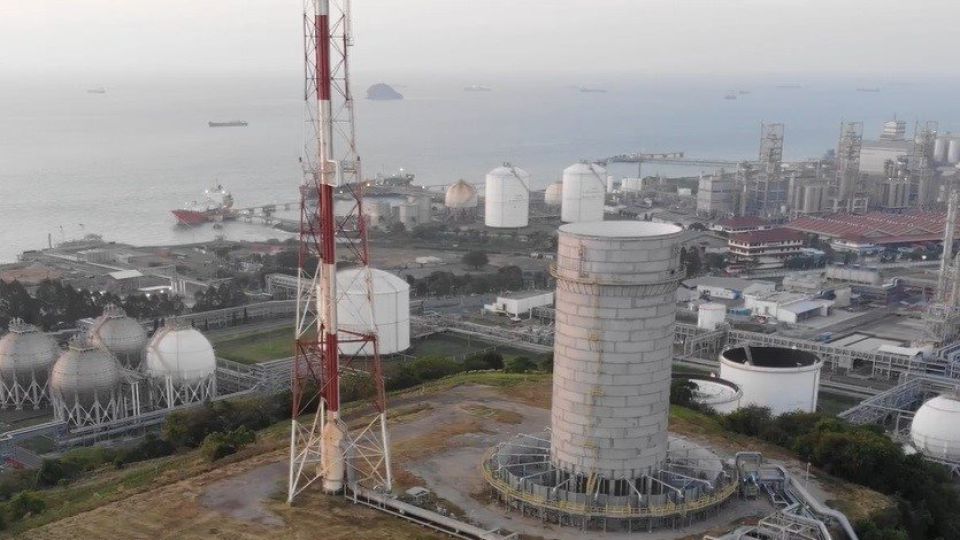January 3, 2023
JAKARTA – Higher domestic demand spurred a December rebound for Indonesian factories as core inflation rises to within the central bank’s target, indicating an optimistic start to 2023 for the manufacturing industry.
According to S&P Global subsidiary and financial research firm IHS Markit, the manufacturing purchasing managers’ index (PMI) in December 2022 was up 0.6 points from the month before to 50.9, ending two months of corrections.
The data also shows that the manufacturing sector has been in the expansion zone in 2022 overall, peaking in September with 53.7 points to continue a 16-month streak.
The PMI surveys purchasing executives from around 400 manufacturing companies to determine whether business conditions have improved, stagnated or declined.
“December’s PMI data pointed to improved conditions in Indonesia’s manufacturing sector at the end of 2022,” S&P Global Market Intelligence director Jingyi Pan said in a statement on Monday.
The survey respondents said that price pressures had eased, reducing input cost inflation below the average level in the final month of 2022 to mark a 19-month low in selling price inflation that led to a flurry of orders.
As a result, higher domestic demand for manufactured products had created a better underlying condition, driving firms to expand production to fulfill new orders in December.
Manufacturers also marked six straight months of workforce expansion to fulfill the higher demand by increasing preproduction and finished goods inventories.
“Output price inflation fell to the lowest since May 2021, suggesting that price pressures for end clients have now receded to the lowest in over one and a half years and may be supportive of future increases in demand,” Pan stated.
But respondents said such measures were not enough to remove backlogs, as supply constraints and poor weather persisted to lengthen production processes. Moreover, the majority of new contract orders came from the domestic market while foreign demand continued to shrink, albeit at a slower pace than in November.
Although purchasing executives remained optimistic about 2023, their optimism was at the lowest level since May 2020 due to weak market sentiment as an impact of the worsening global economy.
“S&P Global Market Intelligence currently expects Indonesia’s GDP [gross domestic product] to expand by 4.4 percent in 2023 after a 5.2 percent expansion in 2022,” Pan said.
Read also: Stubbornly low demand squeezes Indonesian manufacturers harder
The Industry Ministry’s Industry Confidence Index (IKI), which is similar to the manufacturing PMI, also recorded an increase to 50.9 in December, up 0.01 points from the previous month to remain in expansion territory.
The IKI respondents that pursued expansion represented businesses in 11 subsectors, which together contributed 74.9 percent to the GDP in December, an increase from 71.3 percent in November.
The Industry Ministry’s index aims to measure the manufacturing industry’s level of optimism in the domestic market and requires all registered firms, spanning 2,000 respondents from 23 subsectors, to participate.
“The sectors that expanded made a huge contribution to the GDP,” Febri Hendri Antoni Arif, a special staffer to the Industry Minister, said on Friday.
The subindex for product availability increased 7.04 points to reach 54.27 on higher domestic demand, Febri added. Meanwhile, the subindexes for new orders and production fell 1.63 points to 50.07 and 1.96 points to 50.03, respectively.
On the issue of general business conditions, 29.5 percent of respondents said conditions had improved, lower than the 31.8 percent recorded in the IKI for November. But 42.6 percent of respondents said conditions were stable, higher than 31.7 percent in November.
The number of respondents that felt optimistic about the next six months increased by 2.4 percentage points (ppt) to 60.5 percent, citing market recovery and the government’s policy prudence as reasons for their optimism. The number of respondents that believed conditions would stabilize in the next six months increased by 0.5 ppt to 24.3 percent.
Febri said the main cause of the higher IKI was a shift from contraction to expansion in the chemicals industry, which contributed 7.2 percent to GDP growth from the non-oil and gas manufacturing industries.
“There has been recovery in the global and domestic supply chains this December,” said Ignatius Warsito, the ministry’s acting director general of chemicals, pharmaceuticals and textiles.
“There are also more orders for chemical products, and [the figure] continues to rise.”
Read also: RI’s 2023 GDP outlook dims as global trade lags
Higher-than-expected inflation
On the other hand, Statistics Indonesia (BPS) reported on Monday that core inflation, the main indicator of economic demand for Bank Indonesia (BI), had increased 3.36 percent year-on-year (yoy) in December, the highest yet in 2022 but still below the central bank’s cap of 3.50 percent.
Headline inflation rose 5.51 percent yoy, above the 5.42 percent posted in November as well as the BI estimate of 5.40 percent on the basis of unrestricted activities over the Christmas and New Year holiday.
Volatile and administered inflation, meanwhile, soared respectively 5.61 percent yoy and 13.34 percent yoy.
Indonesia’s year-end inflation was also higher than the estimate of 5.40 percent from the World Bank as well as state-owned lender Bank Mandiri, but much lower than the International Monetary Fund’s estimate of 7.2 percent.
“I see the central bank raising its interest rate to 5.75 percent in the first quarter of 2023, as inflation is expected to remain above 4 percent in the first half of 2023,” Bank Mandiri economist Faisal Rachman told The Jakarta Post on Monday.
Faisal also noted that although the year-end inflation was above the BI estimate, it was only a mild deviation and would not change the central bank’s current trajectory.


